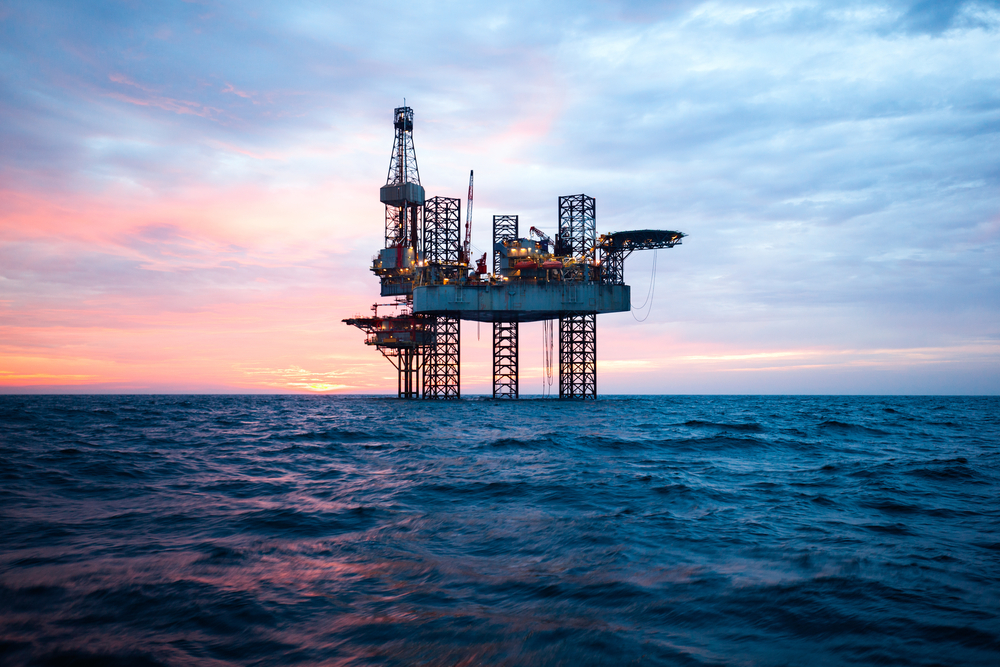Introduction:
This program on gas network analysis, design, simulation, and operation revises piping layout design, its influence on provisional piping layout, primary layout operation, system and component design, pipe stress analysis, and the effects of these aspects on piping support and hanger design.
The course offers a multi-approach comprising fundamentals, methodologies, best industry practices, and practical tools useful for design, operation, and maintenance professionals, enhancing safety, reliability, and organizational value.
Objectives:
At the end of this gas network analysis, design, simulation, and operation course, participants will be able to:
- Improve the mechanical integrity of process equipment and piping systems through enhanced clinical awareness and understanding of their design, operation, evaluation, and maintenance.
- Demonstrate the ability to use practical methods and tools for basic design calculations of pressure equipment according to industry codes, standards, and practices.
- Comprehend degradation mechanisms in process equipment, including procedures for identification, prediction, influence assessment, and preventive measures.
- Perform damage and failure analysis to prevent recurrence of failures.
- Enhance competencies in hazard assessment, risk assessment, and risk management practices.
Training Methodology:
- Interactions
- Comments & updates
- Individual presentations
- Video case studies
- Software reviews
- Workshops
Course Outline:
Unit 1: Introductory Overview of Piping System Design Techniques
- Predefined gas pipeline system.
- Function of the operator.
- Process equipment – overview.
- Safe design management.
- Factors influencing piping design, including flow rate, pressure rating, temperature, and more.
- Effects of operating loads and other actions on the structure.
- How modes of failure and applicable codes influence the system.
- Basic routing systems description, including piping layout and types of supports.
Unit 2: Piping Stress Analysis
- Support type and its location.
- Capacities of spring supports.
- Load capacities of spring type supports.
- Bills of materials for parts and assemblies.
Unit 3: Primary Flow Measurement Instrumentation and Accuracy
- The flow meter.
- Fittings and meter tubes.
- Removal and replacement procedures.
- Uncertainty in flow measurement.
- Calibration requirements and rangeability.
- Uncertainty quantifying.
- Traceability.
Unit 4: Pipe Support Details
- Support type for a pipe and its location.
- Capacities of spring supports.
- Load control springs for supports.
- Bills of materials for parts and assemblies.
Unit 5: Fluid Characteristics
- Heating value.
- Pressure design.
- Temperature in operational activities.
- Pressure in operational activities.
Unit 6: As-Exists Conditions
- Hot and cold walk-down for pipe hanger data, including actual spring deployment and maintenance conditions.
- Hot and cold walk-down for pipe system data, including damages on insulation, hindrances, deformations, and movement of pipes.
Unit 7: Design and Operation of Pressure Equipment
- Pressure vessels and reactors.
- Materials of construction and standards.
- Basic design methodology for sprinklers.
- ASME Boiler and Pressure Vessel Code sections.
- Storage tanks: cone roof and floating roof tank types and applications.
- Basic design methodology for building construction.
- API 650 overview.
- Piping systems: hydraulic design, pressure integrity, and mechanical design.
- ASME B31.1 and B31.3.
- Piping support and flexibility.
- Components of piping systems: valves and fittings classes and ratings.
- Working examples.
- Overpressure protection.
- Pressure relieving devices and relevant stress applications.
- Corrective measures as per standards.
- Sizing methodology: API 520 and API 521.
- Specifications for operation and maintenance procedures: API 576.
Unit 8: Preliminary Piping Design – Piping System Components
- Ideas for preparing the topmost layout of the piping system.
- Engineering parameters such as fluid nature, flow rate, and restrictions affecting overall design.
- The role of various equipment like tanks, vessels, valves, and pumps in establishing the piping system arrangement.
Unit 9: Preliminary Piping Design – The Total System
- The total piping system.
- Equipment and accessories for constructing schematic diagrams.
- Definition of series, parallel, and branch piping with respective uses.
- Piping system conditions, including static and dynamic head loss.
- Factors affecting the choice and layout of piping components.
Unit 10: Basic Concepts of Stress Analysis - Flexibility Analysis
- Technical historical analysis of methods used to address engineering problems without modern computer-aided engineering.
- Trace changes to earlier techniques leading to present finite element practices.
- Basic concepts of stress analysis, including failure theories and stress intensification factors.
Unit 11: Basic Concepts of Stress Analysis - Design Bases and Rigid Supports
- The design bases underlying analyses: physical proportions, loading scenarios, and joint configuration designs.
- Creation of a stress model.
- Simple assembly procedure for stress analysis.
- The effect of vibration on the piping system.
- Rigid pipe supports and support components from generic items to custom designs.
- Observations of piping stress analysis parameters affecting design and practicality.
Unit 12: Influences on Pipe Support Design - Spring Supports
- Supporting elements of springs, variable constant rise springs, and large-ton springs.
- Conditions of usage determining the best pipe support for applications.
- Using licensed pipe bearing components and stock spring parts to create a complete assembly.
- Utilizing ordinary spring components in non-ordinary shapes and configurations.
Unit 13: Influence of Support Design on Pipe Support Design Restraints
- Restraints used in transient loading conditions.
- Specific roles of elements like hydraulic snubbers, mechanical snubbers, and sway struts.
- Design details to consider when choosing restraint methods.
- General considerations on uniformity and flexibility of moving elements.
Unit 14: Meeting the Legal Framework
- Gas Safety Management Regulations 1996.
- Pipeline Safety Regulations.
- Design of gas service (IGE/TD/4): sizing method, installation entry, valves, pressure testing, and commissioning.
- Design of gas mains (IGE/TD/3 and IGE/GL/7): demand, pressure, velocity, routing, and materials.
- Network analysis: safety assessment, construction planning, connections, testing, purging, commissioning, and related safety cases for the Department of HSE (IGE/GL/7).

.jpg)




.jpg)














